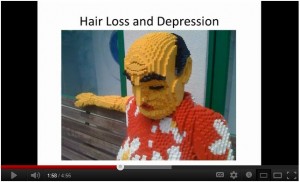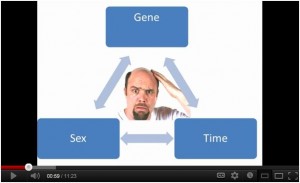Here are a few frequently asked questions we have for your general inquiry:
How do you relocate hair grafts once broken down into follicular units?
The hair grafts (or follicular units) are transplanted based on the individual needs of the patient. The doctor will draw the hairline at your initial consult and right before the procedure and discuss it in detail with the patient. Designing the hairline has to do with the degree of baldness in each area of the scalp and the patients’ preference.
How are the hair grafts placed?
The follicular units must be immersed in a special solution in cold temperature once they are taken from body. When the sites are completed by the surgeon, the hair technician will gently insert the grafts one at a time. This is a very meticulous process and typically takes a few hours.
Does Dr. Mohebi perform the hair transplant surgery himself?
All surgeries are performed by Dr. Mohebi. He will get assistance from a surgical team of hair technicians during dissection and implantation of the follicular unit grafts.
Am I put under sedation while I get the procedure?
You will be put under sedation during the procedure but you will still be conscious. You will become more alert and aware as the surgery goes on, in which you will be sitting in an upright position in a surgical chair most of the time. You can watch a movie, read a book, listen to music or you can sleep (if you choose to) during your hair transplant surgery.
How long before the transplanted area doesn’t look like a procedure has been done?
Redness and swelling after hair restoration surgery is not uncommon and may last a few days following the procedure. Most patients generally recover from surgical swelling and redness after day 4 or 5. A loose fitting hat can be worn to prevent direct sunlight, which will protect the grafts and also keep your swelling or redness from being seen by others, if that is your concern.
Where can I find before and after photos of Dr. Mohebis’ work?
Before and after photos as well as video testimonials of previous hair transplant patients can be found at our facebook page: http://www.facebook.com/home.php#!/pages/US-Hair-Restoration/148987321796051, which we will keep updated as much as possible on a regular basis.



